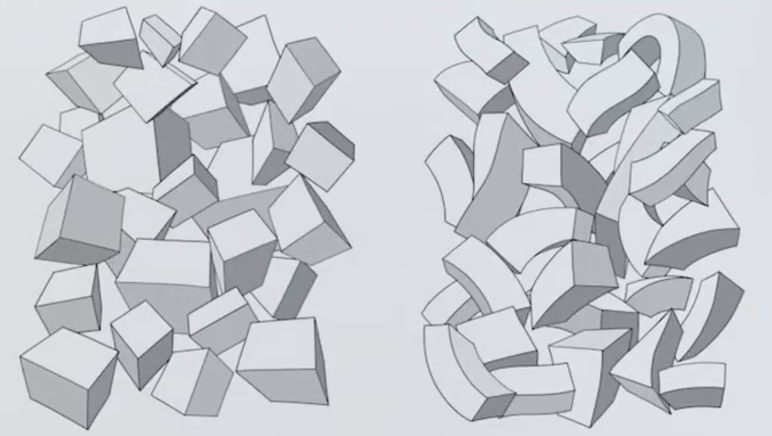2025-03-11 11:35
Status:
Tags: Cosmos Figure Drawing
Section 2. Theory For Expressing Human Body
Section 1. Lecture Purpose and Basic Theory
1. How to Study Drawings
Learning drawing is not all memorization, but understanding. Memorizing the same poses are too specific to be generalized.
- The aim is to seek and combine new information rather than to settle on an existing pattern.
Goals are a guide
Perhaps drawing a certain character in a certain pose has some prerequisites to go out and learn
2. How to Express individuality
While there exists different drawing styles (realistic, western, jp), individuality is builts through habits.
- The emphasis on certain lines is an individual choice(provided it’s not chicken scratches).
The agony of lines
If you don’t have a habit for choosing lines (smooth, rough, quick), constantly choosing lines will incur large mental cost.
Tracking
When drawing lines, connect point A to point B. Clear intention avoids chicken scratches.
Paper and pencil pressure
There isn’t feedback using a drawing tablet pen tip unlike pencil and paper.
3. Why you should never ignore shapes
TLDR: Easy, disposable, easily practicable as a warm-up and doubles as line exercise.
- How much mileage in an hour: A detailed drawing vs 5 pages of 20 shapes?
Shapes are to humans what polygons are to computers
A computer computes detailed forms using simpler polygons, humans are no different. Shapes for use are easy to compute(place in different angles) in one take.
Detail derives from shape
When we recall an object like an apple, we start from the simplest form(a sphere). then construct details from it (tapering from the bottom).
Shapes are easily disposable
If you need to fill space in a composition, try some shapes. If you place a shape before detail. you can see if the shape works first before adding it. There is little mental overhead in rotating a shape in the mind.
Draw without perspective?
Drawing a cube is formulaic without perspective distortion. In a cube, this might be preferred since we typically view it with less distortion anyway.
Practice composition, not the shape itself
Mileage may not be great for individual shape practice since the form is already simple. The difficulty lies in placing the shape and arranging it in relation to others.
Practice

Random arrangements are better at building intuition and spatial awareness